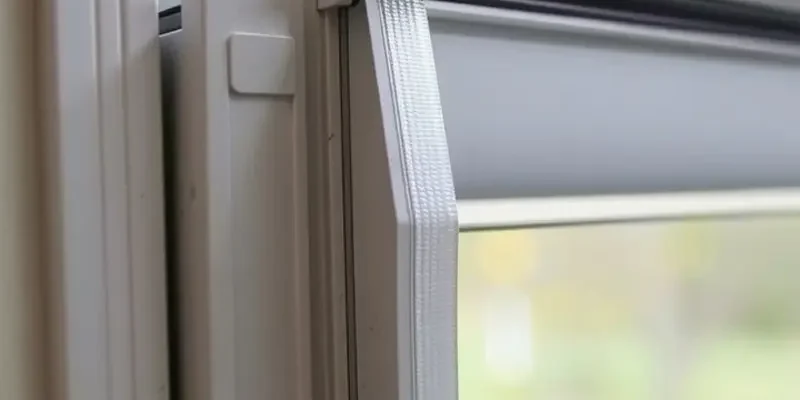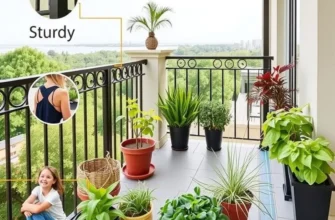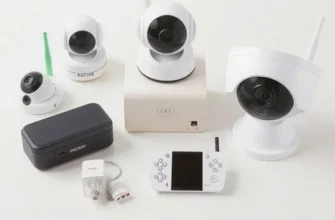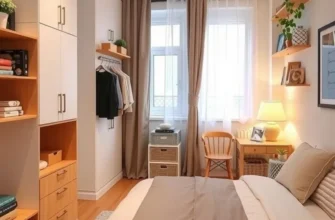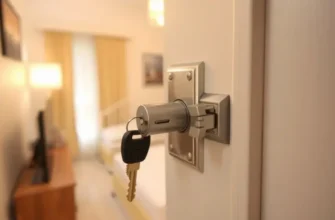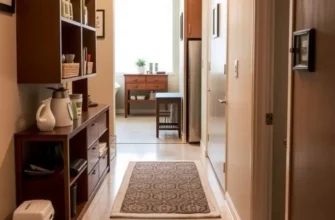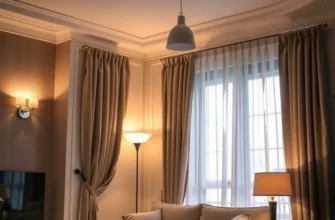Pest prevention in apartments can be a daunting task for renters, especially when you want to maintain safety and comfort. With limited control over the property, it can sometimes feel like a challenge to keep unwanted critters at bay. However, with a few simple, DIY strategies, renters can ensure peace of mind and a pest-free living space. From sealing entry points to using non-toxic repellents, there are many effective ways to prevent pests without compromising your apartment or safety. This guide will walk you through practical and hassle-free solutions that cater specifically to renters, ensuring that you can maintain an environment that’s not only secure but also welcoming. That way, your apartment can remain a haven from pests, allowing you to focus on enjoying your home.
Seal the Deal: Preventing Entry Points
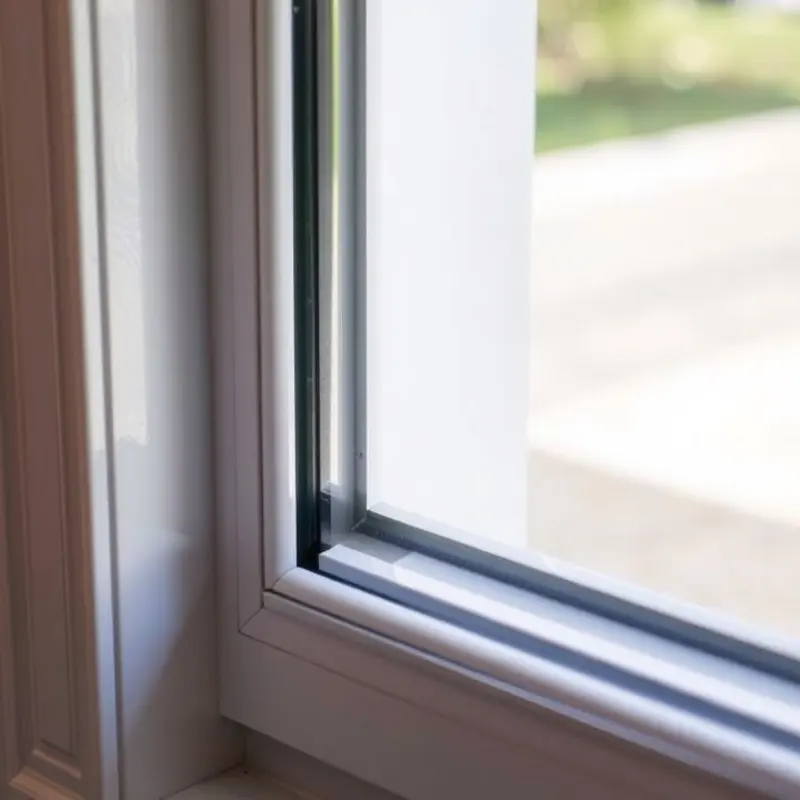
One of the most effective ways to keep your apartment pest-free is to seal any entry points that pests could use to get in. While a mouse or cockroach might seem small, the openings they can exploit are often surprisingly large—or overlooked. Here’s how to identify these common entryways and seal them effectively.
Common Entry Points:
-
Cracks and Gaps: Check for cracks in the walls, foundation, and around window and door frames. Even the smallest crack can be an open invitation to pests. Don’t forget to look near electrical outlets, utility lines, and plumbing fixtures, as pests often follow these pathways.
-
Windows and Doors: Inspect windows for gaps around the frames, sills, and screens. Doors are another common entryway; pests easily get through small gaps under and around doors.
-
Vents and Chimneys: Make sure to check exhaust vents in kitchens and bathrooms, as well as heating and air conditioning vents. Chimneys, if applicable, are also vulnerable.
-
Baseboards and Trim: These areas often develop small gaps over time, which can be perfect entryways for insects and rodents.
Effective Sealing Methods:
Silicone Caulking: For small gaps around windows, doors, and plumbing fixtures, silicone caulk is an excellent choice. It’s flexible, water-resistant, and creates a tight seal. After applying, smooth it with a caulking tool or your finger to ensure full coverage.
Weatherstripping: This is ideal for sealing gaps around windows and doors. Opt for adhesive-backed foam, which is easy to install and remove, making it renter-friendly. Measure the gap, cut the weatherstripping to fit, and press it into place. This technique can also help improve your home’s energy efficiency. Learn more about energy-efficient sealing methods here.
Screen Replacements: Replace any damaged or torn screens on windows and ventilation openings. Fine mesh screens work best to prevent even the smallest insects from entering.
Door Sweeps and Thresholds: Install door sweeps on the bottom of exterior doors to fill the gap between the door and the floor. This helps keep pests out while maintaining energy efficiency by blocking drafts. Thresholds can also be adjusted to minimize gaps.
Adopting these sealing methods not only prevents pests but also optimizes your apartment’s thermal efficiency—an added benefit you might not have considered. Consistent monitoring and timely repairs will ensure no unwanted guests invade your living space. Keeping a critical eye on potential entry points can save you from dealing with pest problems later. Secure your home, and you’ll enjoy a more peaceful, pest-free apartment life.
Natural Repellents: Safe Solutions for Renters
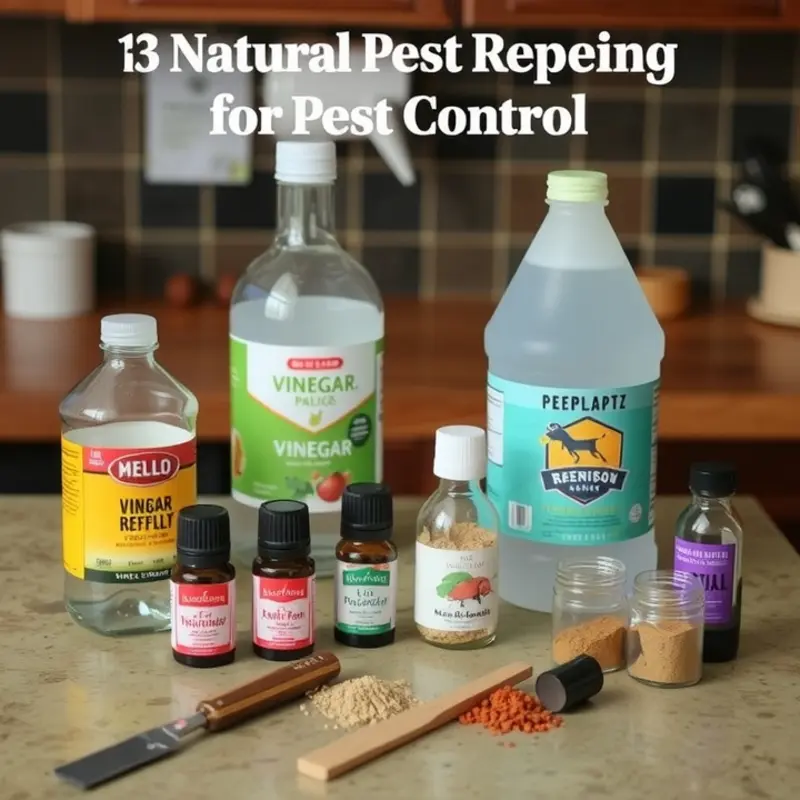
Creating a pest-free living space can be daunting, especially when striving to use safe and natural methods. Fortunately, there are numerous options that not only protect against common invaders but also ensure the safety of both humans and pets. Natural repellents are an excellent choice for renters, offering flexibility and ease of use while avoiding harsh chemicals.
One commonly used natural solution is essential oils. Oils such as peppermint, eucalyptus, and tea tree are known to repel a variety of pests including spiders, ants, and roaches. To employ these oils, mix a few drops with water in a spray bottle and apply the solution around entry points like windowsills, door frames, and any spots where pests frequent. Remember to reapply regularly, as natural oils can lose potency over time.
Another practical method involves the power of herbs. Basil, mint, and lavender not only smell great but also deter various insects. Grow these plants in small pots by the windows or on your balcony to create a fragrant barrier against pests. If growing plants isn’t feasible, dried herbs can also be effective. Place sachets in corners or near potential entryways to boost your defenses.
Diatomaceous earth is an underappreciated remedy that poses no risk to humans or pets. This non-toxic powder is composed of fossilized algae and works by dehydrating insects that come into contact with it. Sprinkle a fine line of diatomaceous earth around baseboards, under appliances, and in other areas where pests are likely to crawl. Be sure to use food-grade diatomaceous earth to avoid any potential health risks.
Another simple but effective strategy involves homemade citrus sprays. Many insects dislike the scent of citrus fruits. You can make an easy solution by boiling citrus peels in water and using the cooled liquid as a spray. It’s effective against ants, roaches, and fleas, and leaves your apartment smelling fresh.
Vinegar and baking soda are household staples that can double as pest repellents. A solution made by mixing these two can deter ants and other crawling insects. The fizziness that results from the combination of vinegar and baking soda can be a mild deterrent. Apply the solution to countertops and other surfaces frequented by pests, wiping away the residue afterward.
Natural repellents can integrate smoothly into a cleaning routine. To discover more about merging pest control with everyday tidying, explore apartment-friendly DIY cleaning products.
Transitioning to natural pest repellents in your apartment not only benefits your immediate living environment but also promotes a healthier lifestyle. By utilizing these methods, you’ll protect your space and its inhabitants in a gentle, eco-conscious manner.
Final words
Maintaining a pest-free apartment is essential for your comfort and well-being as a renter. By sealing entry points and utilizing natural repellents, you can create a safe and inviting living space that keeps pests away without any hassle. These simple, DIY methods empower you to take charge of pest prevention in your apartment while ensuring that your home remains a joyful refuge. Remember, prevention is always better than dealing with an infestation, so adopting these strategies early is your best bet. Don’t hesitate to integrate these practices into your routine and enjoy the benefits of a pest-free lifestyle.

